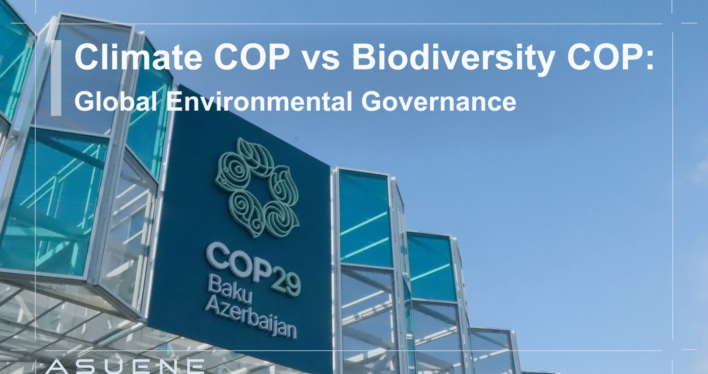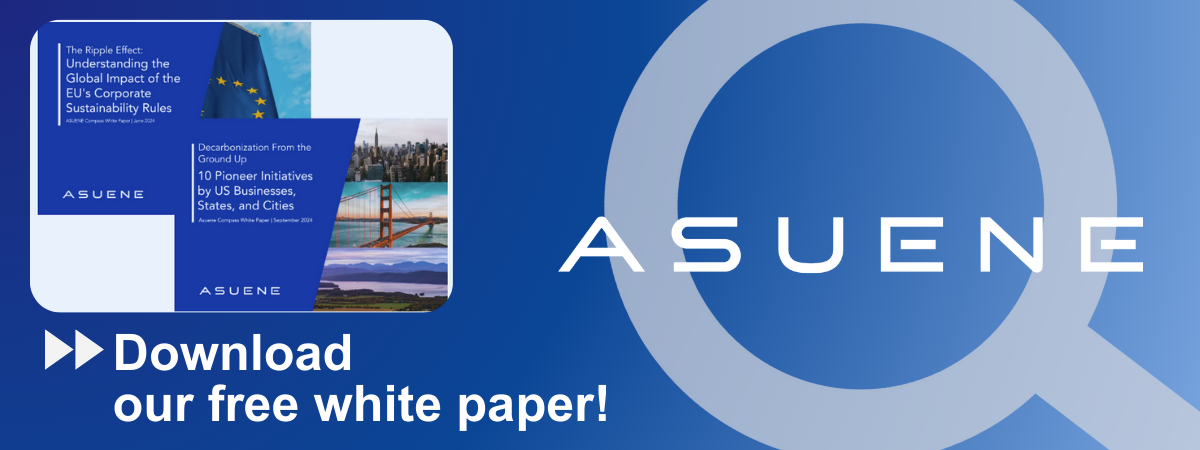- Article Summary
-
Overview
In the realm of global environmental governance, two parallel tracks have emerged over the past decades: the Conferences of the Parties (COPs) for biodiversity and for climate change. While both processes are critical to the health of the planet, they differ significantly in their structure, visibility, funding mechanisms, political traction, and integration into economic planning. As of 2025, the gap between the Climate COP (under the United Nations Framework Convention on Climate Change, UNFCCC) and the Biodiversity COP (under the Convention on Biological Diversity, CBD) remains stark. This article explores the reasons behind this divide, its implications, and pathways for convergence.
The Evolution of the Two COPs
Climate COP
The Climate COPs began in 1995, following the adoption of the UNFCCC at the Earth Summit in 1992. Their primary goal is to stabilize greenhouse gas concentrations in the atmosphere to prevent dangerous anthropogenic interference with the climate system. Over time, Climate COPs gained prominence through milestones like the Kyoto Protocol (1997), which introduced binding emissions targets for developed countries, the Copenhagen Accord (2009), which initiated political consensus on climate action, and the Paris Agreement (2015), which created a global framework for voluntary emissions reduction through nationally determined contributions (NDCs). By 2023, Climate COPs had become key diplomatic arenas for carbon markets, fossil fuel negotiations, and financial pledges.
Biodiversity COP
In contrast, Biodiversity COPs also emerged from the 1992 Earth Summit but developed along a quieter path. The Convention on Biological Diversity (CBD) aims to achieve three core objectives: the conservation of biological diversity, the sustainable use of its components, and the fair and equitable sharing of benefits arising from genetic resources. The CBD led to less binding targets and slower institutionalization. Landmark moments include the Aichi Biodiversity Targets (2010–2020), which aimed to reduce biodiversity loss, and the Kunming-Montreal Global Biodiversity Framework (2022), which set ambitious goals for 2030 and beyond, such as protecting 30% of terrestrial and marine ecosystems (30×30 target). Yet, biodiversity COPs have not seen the same levels of media coverage or global political mobilization.

Institutional and Financial Disparities
Climate COP
One of the starkest differences lies in funding and institutional support. Climate COPs have attracted trillions in public and private finance, often through mechanisms like carbon markets and climate bonds. The $100 billion annual climate finance commitment (though contested and unevenly fulfilled) has become a global benchmark.
Biodiversity COP
Meanwhile, biodiversity finance remains vastly underfunded. As of 2025, the UN estimates an annual biodiversity funding gap of over $700 billion. Biodiversity COP15 in Montreal in 2022 called for closing this gap through nature-positive investments, but progress has been slow. Unlike the UNFCCC, the CBD lacks a robust compliance mechanism or a centralized financial institution akin to the Green Climate Fund.
Political Will and Global Attention
Climate COP
Climate change has become a top-tier political issue, with heads of state attending Climate COPs and high-level diplomacy driving negotiations. Climate impacts such as wildfires, hurricanes, and floods have immediate, tangible effects that drive political urgency.
Biodiversity COP
Biodiversity loss, though equally critical, unfolds more gradually and is often seen as a conservation issue rather than an economic or security threat. This perception limits its integration into high-level political agendas. For example, COP28 (climate) in 2023 saw record attendance from business leaders and finance ministers, whereas COP15 (biodiversity) lacked similar representation.
Legal Architecture and Enforcement Gaps
Climate COP
The Paris Agreement includes nationally determined contributions (NDCs) with reporting and review mechanisms. Despite criticisms of their sufficiency, NDCs provide a structure for accountability. Climate COPs also benefit from regular IPCC assessments that shape policy debates.
Biodiversity COP
Conversely, the CBD framework lacks comparable enforcement tools. The post-2020 biodiversity targets rely on voluntary national biodiversity strategies and action plans (NBSAPs), which vary widely in scope and ambition. Monitoring is coordinated by the Global Biodiversity Outlook, but its influence is limited by the absence of binding commitments.
| Aspect | Climate COP (UNFCCC) | Biodiversity COP (CBD) |
|---|---|---|
| Primary Goal | Stabilize greenhouse gas concentrations to prevent dangerous climate change | Conserve biodiversity, promote sustainable use, and ensure fair benefit-sharing |
| Key Agreements | Kyoto Protocol (1997), Paris Agreement (2015) | Aichi Targets (2010), Kunming-Montreal Framework (2022) |
| Governance Mechanism | Nationally Determined Contributions (NDCs), UNFCCC Secretariat, IPCC support | National Biodiversity Strategies and Action Plans (NBSAPs), Global Biodiversity Outlook |
| Funding Framework | Green Climate Fund, Climate bonds, $100B annual goal | Nature-positive investments, GEF support, $700B annual funding gap |
| Enforcement | Voluntary but with transparency and review mechanisms | Voluntary, limited compliance and accountability tools |
| Political Visibility | High, with heads of state and global media focus | Lower, often framed as conservation-specific |
Pathways to Convergence
Despite their differences, there is growing momentum to align biodiversity and climate action. The IPBES-IPCC Joint Workshop Report (2021) emphasized that climate change and biodiversity loss are interconnected crises requiring integrated responses. The UN Decade on Ecosystem Restoration (2021–2030) also encourages synergies.
Key pathways include:
- Embedding nature-based solutions into NDCs
- Developing joint finance instruments (e.g., blended finance for forests and wetlands)
- Leveraging ESG and TNFD (Taskforce on Nature-related Financial Disclosures) frameworks
- Creating inter-COP dialogues and joint plenaries between UNFCCC and CBD
The 2025 biodiversity COP, expected to take place in Latin America, is anticipated to test some of these convergence tools. Meanwhile, Climate COP30 in Brazil offers a unique opportunity to elevate nature-climate interlinkages in the Amazon region.
Conclusion
As the world faces escalating environmental risks, the siloed architecture of global governance is increasingly untenable. Bridging the gap between Biodiversity COP and Climate COP is not just a matter of diplomatic coordination—it is a necessity for coherent, effective sustainability policy. With the clock ticking toward 2030, the integration of biodiversity into climate frameworks, finance flows, and policy instruments may determine the success of both agendas. A unified approach that values nature as much as carbon could pave the way for a more resilient and equitable future. into climate frameworks, finance flows, and policy instruments may determine the success of both agendas. A unified approach that values nature as much as carbon could pave the way for a more resilient and equitable future.
Why Work with ASUENE Inc.?
Asuene is a key player in carbon accounting, offering a comprehensive platform that measures, reduces, and reports emissions, including Scope 1-3, with expertise in decarbonization. Asuene serves over 10,000 clients worldwide, providing an all-in-one solution that integrates GHG accounting, ESG supply chain management, a Carbon Credit exchange platform, and third-party verification.
ASUENE supports companies in achieving net-zero goals through advanced technology, consulting services, and an extensive network.


